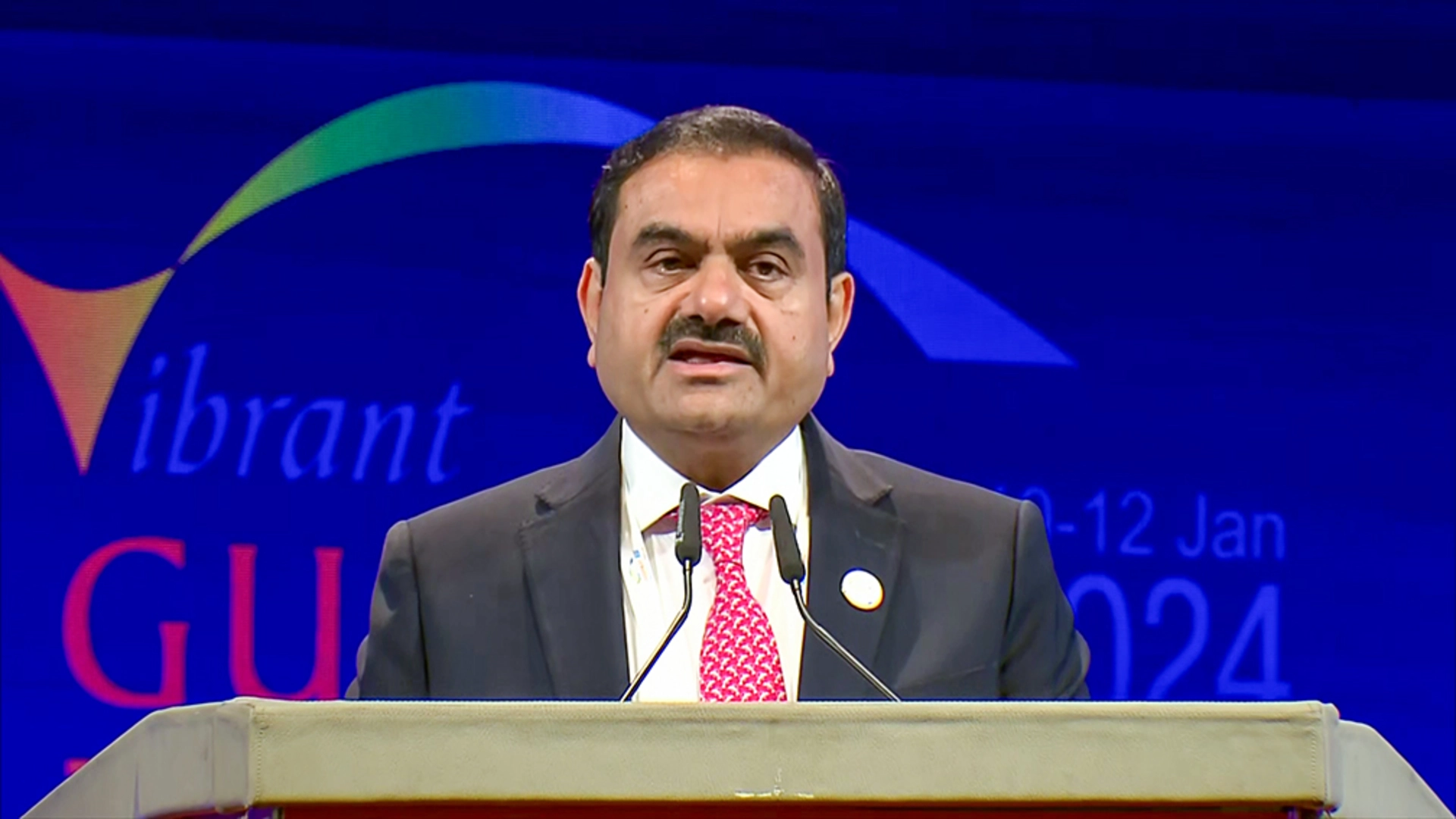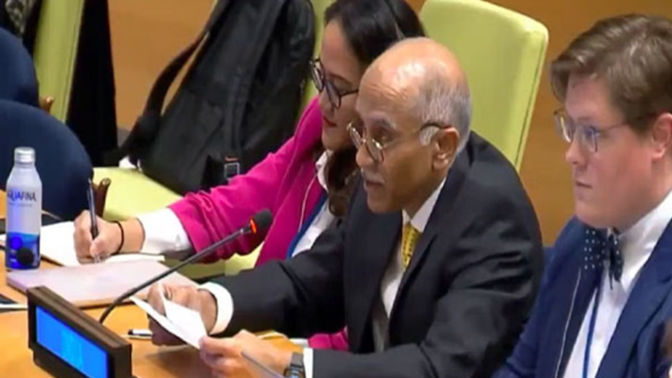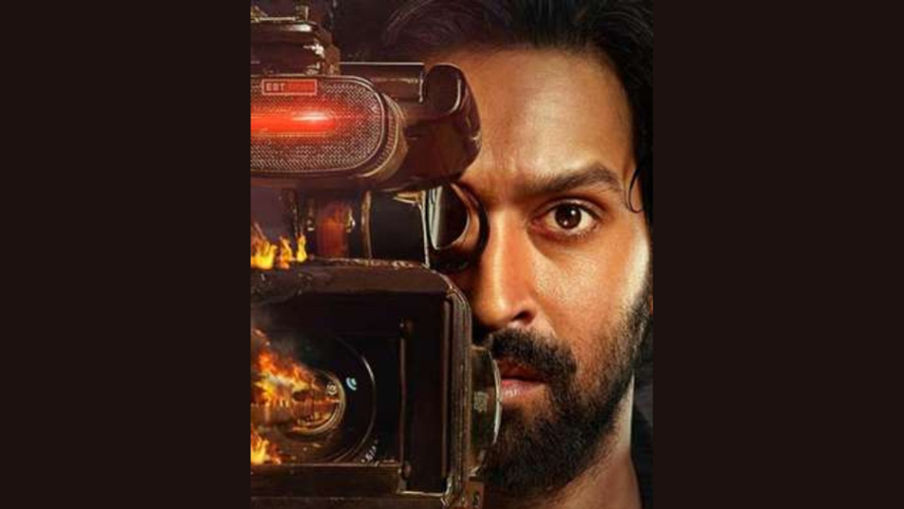
Q. What inspired you to become a landscape designer, and how did you get started in the field?
A. I hold a postgraduate degree in Human Resource Management, a gold medalist from Guru Nanak Dev University and also UGC-NET qualified. After working in the HR department in an education institute for 18 years, what motivated me to launch my own startupwas my vision and my two boys – 16 year old Mithilesh and 9 Year old Manit, to whom I am a role model.
Until April 2019, I was struggling with myself, questioning my identity and purpose, even though I was more than excelling in performing countless responsibilities as a working mom, doing multifarious tasks as a wife, mother and also contributing to my family business of educational institutions. However despite the self-realisation that I was doing it all wonderfully well, I used to feel hollow inside. “Who am I?” – I used to ask myself. I knew I was in the same boat as every other modern day woman who has given up their ambitions for expectations and responsibilities at home despite being highly qualified and capable, or who is stuck with a job that’s no longer their passion. So when I got the opportunity to turn it all around, I grabbed it – with all the positivity I could gather – and with all the risks that it came with. I knew that if I win, I will lead and prosper; if I fail, I will learn, rise up and start again. So I decided to take the plunge and even though I had no prior experience whatsoever in the designing business – I did have passion to satisfy my inner urge of creativity, and I did have courage to prove my capabilities and of course my belief in women empowerment, especially financially and socially.
With all that motivation and strength, I started learning architectural designing from a certified and reputed centre of designing, alongside my full time work at my family business and at home. It was tough but this is where my children came in as my support system and encouragement – right from day 1. I learnt, practiced, failed, doubted myself and at one time decided to give up, questioning my decision again but then Covid times came and I was able to put in more time in learning. I had to succeed, there was no scope to accept failure. And as fate had it, I finally founded Jade Spaces-A unit Of Jade Xclusive .
Jade Spaces caters to your architectural, interior and landscape designing needs, along with renovations, space panning, project executions, 3D prop modelling, rendering 2D/3D modelling, Creating Water Bodies . We also work with Vastu and numerology consultants, if needed, during the planning phase. We work for event management companies and for residential and commercial properties across India and abroad. Today, Jade Spaces has a vast and premiere clientele across India and in the UK.
So, this is how my journey started.
Q. Can you describe your approach to designing landscapes? What principles or philosophies guide your work?
A. A successful landscape design often involves a combination of various approaches like Ecological /Naturalistic/Contemporary/Heritage/Sustainable/Client-Centric/Seasonal Design etc and then formulating and adapting the required strategy based on the specific project requirements, site conditions, and client preferences. Additionally, ongoing collaboration with clients, architects, and other stakeholders is crucial in achieving a well-integrated and harmonious landscape design.Honesty,Hardwork,Timely delivery of Work, Budgeted work ,dedication and most important ethics are the principles and philosophies that guide my work which can never ever be compromised upon.
Q. How do you balance the functional aspects of a landscape with the aesthetic elements in your designs?
A. This is the main challenge in landscape design to ensure that outdoor spaces not only look appealing but also serve their intended purposes effectively.So , to start with it is very important to Identify the primary purpose like entertainment , relaxation, play, or gardening etc followed by seating areas, pathways, lighting, and drainage , then creating zones,choosing appropriate materials, integrating the practical features, the traffic flow,selection of plants , sustainability , regular maintenance conditions and much more to achieve a well-balanced and successful landscape design.
Q. When working with clients, how do you go about understanding their preferences, needs, and vision for their outdoor space?
A. This is the prime factor to achieve a successful landscape design. To begin with, it is important to have a detailed meeting with the client where you explain about the process, its flow, need for open and clear communication to have a better understanding of the scope of the project.All the questions need to be crystal clear like how the client intends to use the space, their preferred styles, and favourite plant types. It is very important to encourage clients to share their visual inspiration, such as photos, magazine clippings, or online images, which represent their ideal outdoor space.Having a discussion with the clients of the various reference images to gauge their reactions, knowing and understanding their lifestyle and yes their budget and timeline for the project, Encouraging clients to share their thoughts on proposed concepts and be open to making adjustments based on their feedback.And most important,Being flexible and adaptable in response to changing client preferences.
Q. What are some of the current trends or innovations in landscape design that you find particularly exciting or interesting?
A. Now a days , its limitless…There is lot of emphasis on sustainability, with so much focus on eco-friendly practices such as native plantings, rain gardens, green roofs, and water-efficient irrigation systems.There is growing interest in creating multifunctional outdoor living spaces that serve as extensions of the home, complete with comfortable seating, kitchens, fire pits, and entertainment areas.Clients are wanting wellness gardens , smart landscapes, Biodiversity gardens,vertical gardens with colourful and bold choices with the integration of Fire and Water features.So, all these requirements helps to make any designer to be more and more innovative in their work.
Q. How do you address sustainability and environmental considerations in your landscape designs?
A. Being a Landscape designer, it is very crucialwhile creating outdoor spaces , such spaces should not only enhance aesthetics but also promote ecological health and resource efficiency. Choosing native plants, Implementing water-efficient design practices, such as using drip irrigation, rain gardens, and selecting drought-tolerant plants, helps conserve water resources, Utilizing smart irrigation technologies, Incorporating green roofs and walls, Implementing soil conservation practices, Using energy-efficient lighting solutions, such as LED fixtures, and incorporating low-light and solar-powered options, Recommending and implementing sustainable maintenance practices and while handing over the finished project , it is equally required to guide the client on water-wise gardening, responsible maintenance, and the importance of preserving local ecosystems.
How do you incorporate local flora and fauna into your designs to create landscapes that are harmonious with the surrounding environment?For this , we thoroughly conduct site analysis to understand the local ecosystem, including soil conditions, sunlight exposure, and existing plant and animal life. So we Prioritize the use of native plants that are adapted to the local climate, soil, and water conditions and then Designing landscapes that promote biodiversity by incorporating a variety of plant species, Integrating habitat features such as birdhouses, insect hotels etc into the design and Design water features such as ponds, birdbaths, Preserving existing mature treesand natural features that contribute to the local ecology and again the end user , the client needs to educated and made aware .
What role does technology play in your design process, from conceptualization to implementation?
It is all technology these days , beginning with 2D work , AUTOCAD designs followed by 3D before actual execution. This allows us to visualize ideas, experiment with different design elements, and present concepts to clients in a more interactive and dynamic format.Then , Online collaboration platforms and communication tools makes our work all the more easier.. Wherever required drones can also be used. Infact , in todays time , The integration of technology contributes to more informed decision-making and the successful realization of landscape and other different design visions.
How do you stay updated on the latest developments, materials, and plants in the field of landscape design to ensure your designs are contemporary and innovative?This is through Trade Expos and shows , Industrial Publications , Online resources, Social media engagements, Engagements with the suppliers , Participation in competitions, collaboration , networking and continuously educating oneself.















